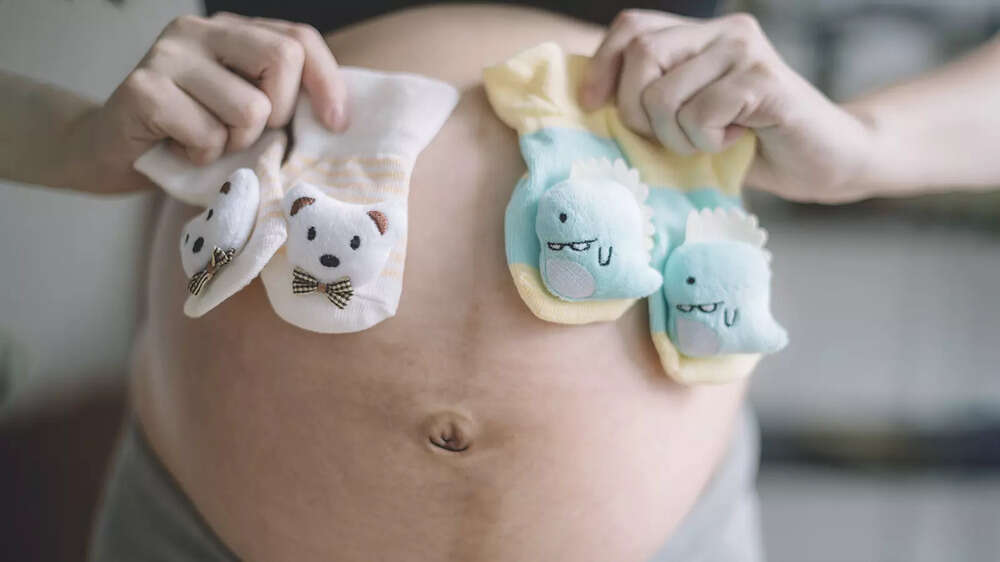Sometimes, separation leads to full recovery and a brighter future. In other cases, risks remain, and the child may still face serious health challenges. Understanding how separation surgery works, the challenges you might face, and what outcomes you can expect can help you feel more prepared.
Planning for Delivery
Delivering conjoined twins requires careful preparation, as the process is considered high-risk. Your medical team will likely plan a caesarean section 3 to 4 weeks before your due date. This helps lower the risk of complications like uterine rupture or injury to the twins during a vaginal birth. A caesarean section is safer because conjoined twins often can’t pass through the birth canal easily.During delivery, each twin will have their own medical team to ensure immediate care, led by a neonatologist. The team will prepare for the delivery in advance to make sure everything goes smoothly. Once the twins are born, their umbilical cords are quickly clamped to prevent blood circulation issues. After that, they’re thoroughly evaluated to assess their health and shared structures.
The Separation Surgery Process
If separation surgery is possible, it’s usually scheduled when the twins are 6 to 12 months old. This gives them time to grow stronger and allows doctors to study their shared organs and structures. In some cases, emergency surgery is needed if one twin dies, has a life-threatening condition, or endangers the other’s survival. The process involves:- Pre-surgery imaging: Before surgery, your medical team will use advanced imaging like MRI, echocardiograms, and other scans to map out exactly where the twins are joined and which organs they share. In some cases, a life-size 3D model is created from MRI scans to help plan the operation.
- Multidisciplinary team: The surgery involves a team of specialists, including pediatric surgeons, cardiovascular surgeons, urologists, orthopaedic surgeons, plastic surgeons, and neonatologists. Each expert focuses on specific aspects of the twins’ health.
- Surgical procedure: During surgery, the team carefully separates the twins’ shared tissues or organs, aiming to preserve function for both. After separation, reconstructive surgery may be needed to repair or rebuild parts of each twin’s body.
- Post-surgery care: The twins will need intensive care after the operation, including respiratory support, nutritional therapy, and rehabilitation services like physical, occupational, or speech therapy to help them develop properly.
Challenges of Separation Surgery
Your medical team will carefully assess whether separation is safe based on several factors:- Shared vital organs: Surgery may be too risky or impossible if the twins share critical organs like a heart or brain. Separating them in such cases could lead to life-threatening complications.
- Health of the twins: The twins need to be strong enough to withstand the stress of major surgery. Premature birth can add health risks that complicate the procedure.
- Reconstructive surgery: Each twin may need extensive reconstruction after separation to repair organs, skin, or limbs, which can be challenging and require multiple procedures.
- Risk of complications: Surgery carries risks like infection, blood loss, or damage to shared structures. This could affect one or both twins’ survival or quality of life.
- Ethical decisions: You and your medical team will need to weigh the risks of surgery against the challenges of the twins remaining conjoined. This can be an emotionally difficult decision, especially if separation might harm one twin to save the other.
Outcomes and Prognosis
Unfortunately, the prognosis is often poor due to the complexity of the condition:- Survival rates: Researchers estimate conjoined twins have a survival rate of only around 7.5 per cent. More than half of conjoined twin pregnancies result in miscarriage or stillbirth, and most twins die within 24 hours due to organ failure or other complications.
- Post-surgery outcomes: Of the twins who survive long enough to be considered for separation, about 60 per cent survive the surgery. Advances in imaging, surgical techniques, and critical care have improved these outcomes over time.
- Long-term care: Conjoined twins will need ongoing medical support, whether separated or not. This may include therapies to address physical challenges like scoliosis, cerebral palsy, or learning disabilities.
- Quality of life: Some conjoined twins who aren’t separated can lead fulfilling lives, pursuing careers and relationships. For example, historical cases like Chang and Eng Bunker (popularly known as Siamese twins) joined at the chest show that conjoined twins can live successfully with the right support.
Support for Your Family
Your medical team will include specialists like social workers and counsellors to support you through difficult decisions. You might also consider asking your team:- What specialists will care for my twins after birth?
- What resources are available to help my family cope?
- What are the long-term challenges if my twins remain conjoined?
The decision to pursue separation surgery or continue care for conjoined twins is deeply personal. It depends on your babies’ unique health needs and overall condition. There’s hope for better outcomes with advances in medical technology and the support of skilled specialists. Your medical team will guide you through each step and work with you to give your twins the best chance to thrive.
FAQs on Conjoined Twins Separation: Procedures, Challenges, and Outcomes
- Can all conjoined twins be separated?
No, not all conjoined twins can be separated. It depends on where they’re joined, which organs they share, and their overall health. Some cases are too risky for surgery. - What are the risks of separation surgery?
Risks include infection, blood loss, organ damage, or even death. Long-term complications may also arise depending on what structures were shared.






